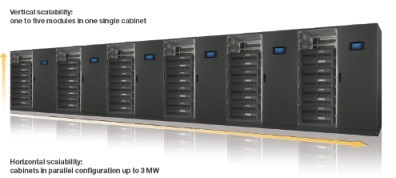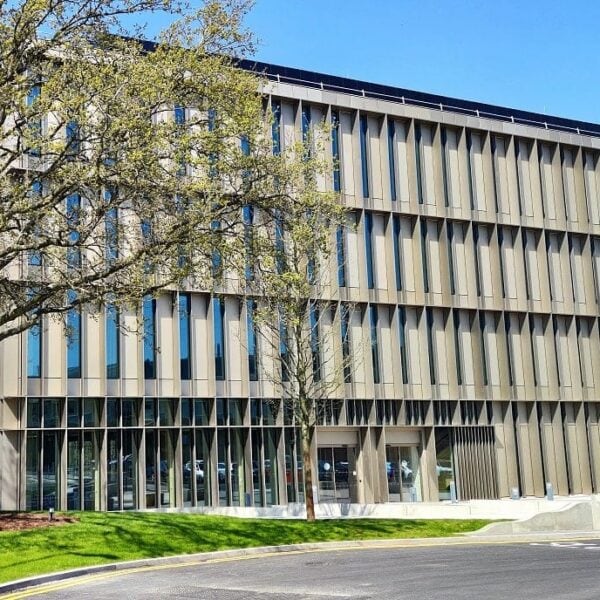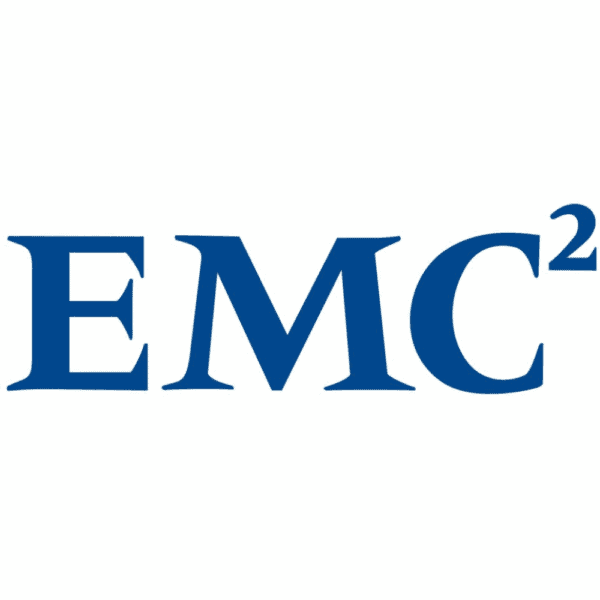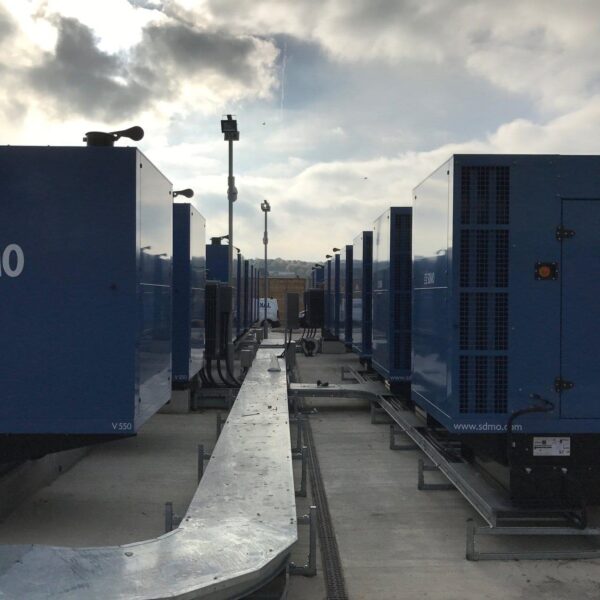Data centre owners continue to seek ways to reduce energy consumption both to save money and to improve their green credentials. Facilities managers can contribute to this quest by ensuring that they source the most efficient available UPS technology and deploy it as effectively as possible.
In this article Ian Jackson. General Manager at KOHLER Uninterruptible Power, a KOHLER company, explains the possibilities offered by modern UPS technology for maximising energy saving, while also maximising power availability and minimising capital expenditure.
Energy consumption remains an important issue for data centre operators. According to a 2014 report from the European Commission Joint Research Centre, electricity consumed in data centres, including enterprise servers, ICT equipment, cooling equipment and power equipment, is expected to contribute substantially to the electricity consumed in the European Union commercial sector in the near future. The report then comments on how this trend makes it imperative for data centres to maximise their energy efficiency to reduce both energy costs and carbon footprint.
Owners of data centres – whether they are standalone installations or part of a larger enterprise – are well aware of these issues, and accordingly motivated to mitigate them as far as possible. One approach is to work with their IT department, asking them to ensure that their servers and other equipment are as efficient as possible, whilst being deployed as efficiently as possible.
Although IT departments can contribute to improved energy efficiency by carefully matching changing IT loads with the capacity they make available, they need a UPS installation that is equally as flexible and well-managed to reap the full benefits of their flexibility. However, if FM managers are tasked with sourcing the best available UPS technology and deploying it correctly, their efforts can be well-rewarded, paying dividends of elevated availability and more efficient use of UPS capacity in addition to reduced energy and cooling bills.
Modern UPS technology and its benefits for data centres
Traditional UPS systems relied on step-up output transformers, which were bulky and heavy. This had a significant impact on the overall UPS system, leading to its implementation as a large, heavy, fixed and monolithic installation. However, advances in power semiconductor technology, particularly Insulated Gate Bipolar Transistors (IGBTs), have allowed the transformer to be eliminated. This creates several important benefits. Firstly, transformerless technology is inherently more energy-efficient, increasing efficiency by around 5% over the entire load spectrum, which considerably reduces both energy and cooling costs.
Additionally, the transformerless UPS offers an input power factor much closer to unity and less load-dependent than transformer-based UPSs. This reduces the magnitude of the input currents, therefore minimising cabling and switchgear sizing. In some instances, electricity running costs are also reduced.
However, transformerless technology has had another, equally profound effect on UPS topology. Its size and weight reductions have enabled the development of the rack-mounting modular UPS system. A 100kW UPS, for example, can be implemented as a transportable module that can be plugged into a UPS frame rather than as a large floor-standing unit. This is demonstrated by KOHLER Uninterruptible Power’ KOHLER PW 9500DPA, a three-phase modular UPS system. Each UPS frame can accept from one to five 100kW modules, which may be added incrementally to allow ‘vertical scaling’. If demand grows beyond the frame’s 500kW capacity, more frames can be paralleled for horizontal scaling. Up to six can be deployed to achieve a 3MW total capacity, as shown in Fig.1.
Fig.1: A modular three-phase UPS system, showing vertical and horizontal scalability
This incremental scaling means that changing IT load demand can be closely and dynamically matched by UPS capacity without wasting capital or space on unnecessary capacity overhead. Redundancy is also easy and efficient to set up; a single frame could accommodate five modules in an n+1 redundancy arrangement to support a 400kW load. Only 100kW of redundant capacity is needed; by comparison the same load supported by a traditional system would require two 400kW units, creating 400kW redundant capacity.
Systems such as the KOHLER PW 9500DPA offer another critical advantage, because their modules are ‘hot-swappable’. This means that a faulty module can be replaced by a good one in a plug-n-play operation without having to power down the load or switch it to bypass. This facility minimises Mean Time To Repair (MTTR) and hence maximises availability, with up to 99.9999% (Six Nines) being possible.
Conclusion
Buying transformerless, advanced modular UPS systems with a hot-swap capability allows facilities managers to minimise UPS energy consumption and cooling requirements, while maximising power availability which is also critical to data centre operation. Additionally it controls capital expenditure by minimising the investment in excess UPS capacity needed to support unpredictable and changing IT load demand.





